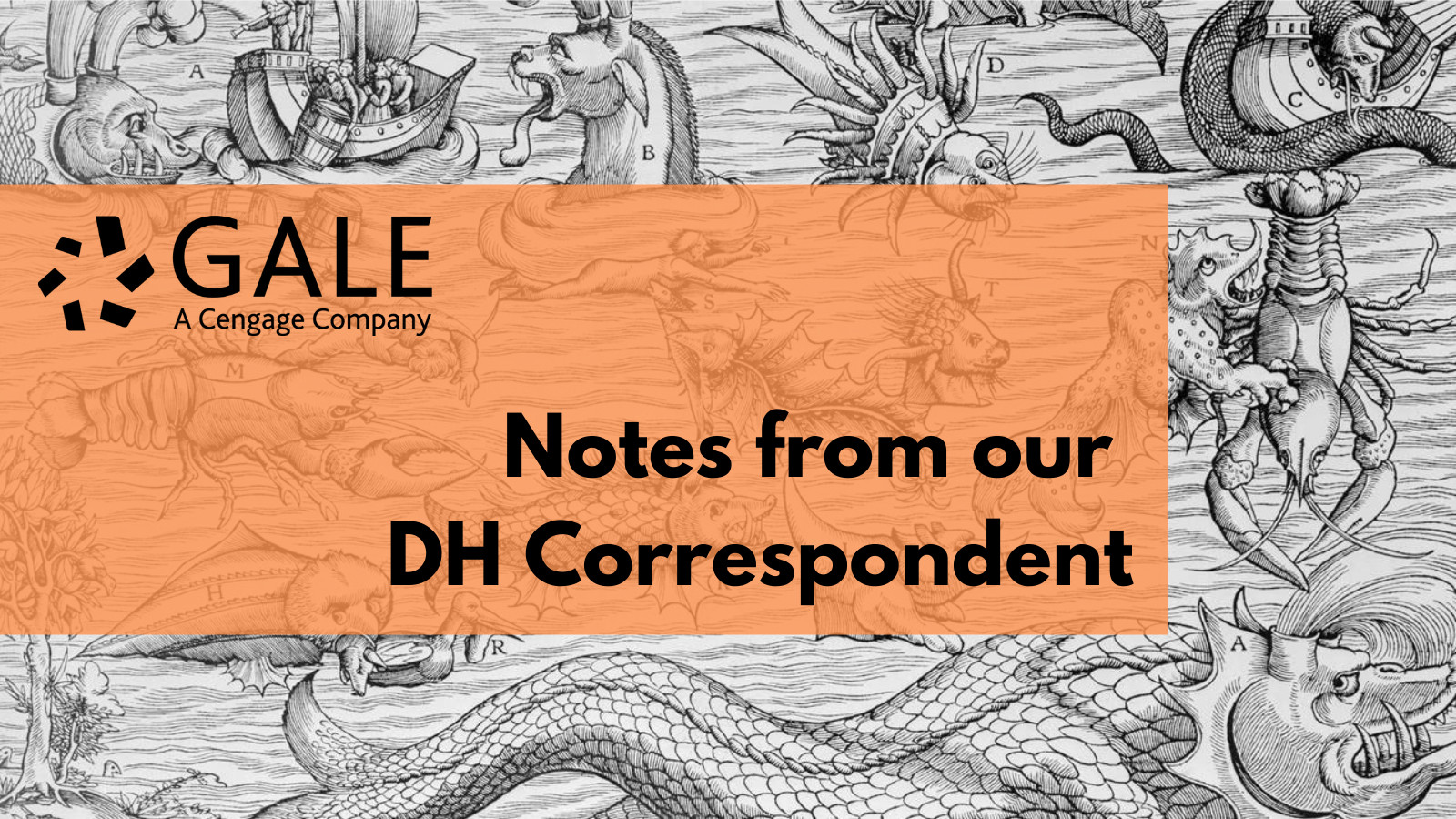│By Sarah L. Ketchley, Sr. Digital Humanities Specialist│
Gale Digital Scholar Lab has introduced a new visualisation feature in the Sentiment Analysis tool: Sentiment by Timeframe. This enables researchers to bring additional depth to sentiment analysis for historical texts. This tool is part of an ongoing effort to expand the capabilities of the Lab’s six digital humanities tools and is designed to support researchers in analysing, interpreting, and visualising data across various historical documents.










